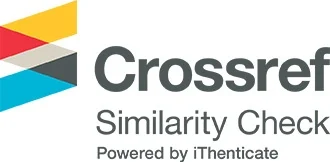Exposure of Aspergillus fumigatus to caspofungin induces an oxidative stress response.
DOI:
https://doi.org/10.65137/lmj.v4i1.73Abstract
Caspofungin is widely used for the treatment of systemic fungal infections and exerts its effect by disrupting b-glucan biosynthesis. The aim of the work presented here was to establish how Aspergillus fumigatus reacted following exposure to capsofungin. Exposure of A. fumigatus to 0.1 or 1.0 m g/ml caspofungin for 4 hours resulted in protein leakage from hyphae and the increased expression of a variety of proteins involved in the oxidative stress response (e.g. catalase, antibiotic response protein), virulence (e.g. Asp F3, 18kDa antigen) and homeostasis (e.g. glyceraldehyde 3-phosphate, translation elongation factor, ATP synthase F1). In addition there was an increase in the activity of catalase, glutathione reductase and superoxide dismutase in hyphae exposed to 0.1 m g/ml caspofungin for 1 hour. The results presented here indicate that when A. fumigatus is exposed to caspofungin there is increased expression of a number of proteins associated with virulence and the oxidative stress response, and the activity of detoxifying enzymes possibly in an attempt to circumvent the intracellular effects of the antifungal agent.








